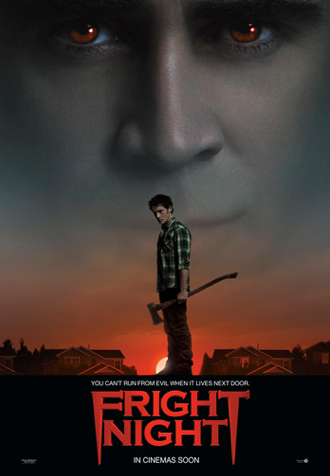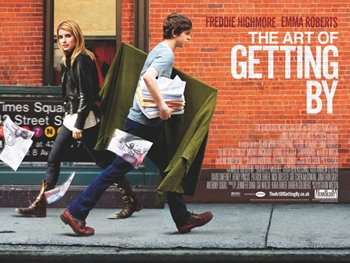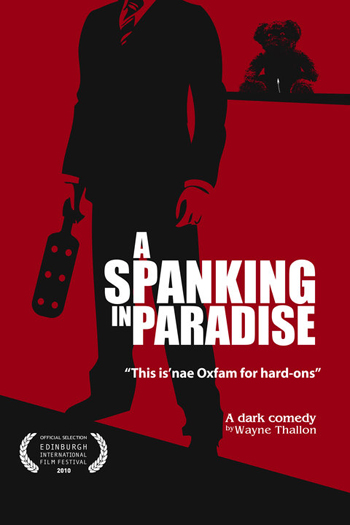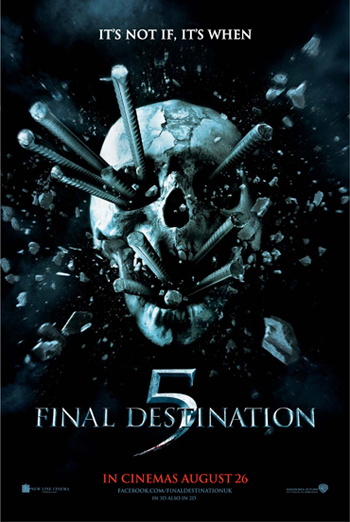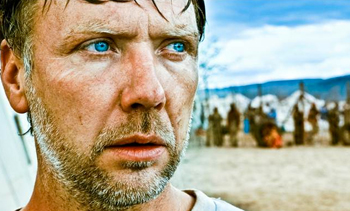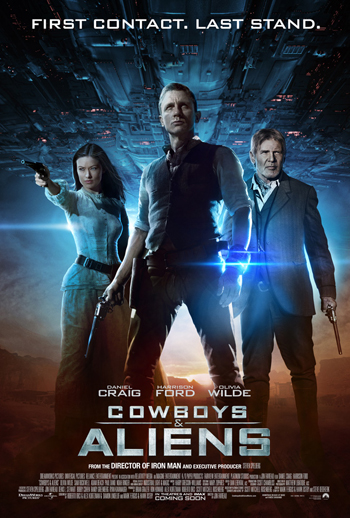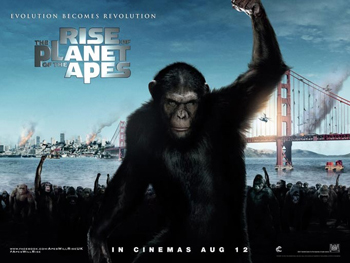A Lonely Place To Die ****
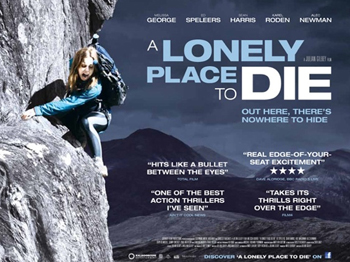 The Gilbeys are no stranger to a bit of in-your-face grit after their 2007 gangster flick, Rise Of The Footsoldier, based on a true story. All they’ve done with their last offering, A Lonely Place To Die, starring horror Aussie darling Melissa George, is injected the horror into what is effectively a cat-and-mouse crime thriller that rather resembles this year’s most peculiar Blooded, but has more guts and is far more watchable. A Lonely Place To Die serves no real purpose other than being an uncompromising pursuit for justice and survival that chills, thrills and spills claret all over the Scottish Highlands.
The Gilbeys are no stranger to a bit of in-your-face grit after their 2007 gangster flick, Rise Of The Footsoldier, based on a true story. All they’ve done with their last offering, A Lonely Place To Die, starring horror Aussie darling Melissa George, is injected the horror into what is effectively a cat-and-mouse crime thriller that rather resembles this year’s most peculiar Blooded, but has more guts and is far more watchable. A Lonely Place To Die serves no real purpose other than being an uncompromising pursuit for justice and survival that chills, thrills and spills claret all over the Scottish Highlands.
Experienced rock climber Alison (George) leads a group of five mountaineers on a remote hiking and climbing break in the bleak Scottish terrain, until they come across the cries for help from a young Serbian girl buried in a small chamber in the wilderness. No sooner have the rescued her and started to debate why she was put in her subterranean ‘prison’ than they find themselves the next targets in a terrifying race for survival.
A Lonely Place To Die succeeds in its nail-biting momentum because it keeps you guessing as to its next precarious step. It morphs from terrifying and isolating action adventure with some gory accidents designed to get the pulse going, to a modern-day Deliverance/The River Wild with the predictable ‘strangers-verses-locals’ spin, to international crime thriller with some grizzly revenge scenes – hence the Gilbeys’ gangster pedigree. What is a nice touch is the enemy can be nature or man-made at any given moment, having you distrust every figure and uneven surface within a couple of yards of the prize. There really is no telling how or where the plot will venture to next.
Keeping the interest brewing in the escalating nightmare is George as our ‘guide’ who is fast becoming an action-thriller heroine worth her salt, building on her trademark dramatic, strong poise cultivated in 30 Days of Night as Alison in this, without over egging the pudding. She actually earns her lead-role status in this, which suggests exciting things yet to come in her career. George’s guts and determination are truly evident in the physical aspects of the film, giving it its stark authenticity from the start, plus a couple of intense misadventures.
The only other memorable performance out of (effectively) a bunch of expendables is Sean Harris as kiddie fiddler, kidnapper and all-round nasty Mr Kidd. The actor’s distinguishing, ‘creepy’ looks and deadpan delivery makes him the perfect choice for the psychopathic killer roaming the area. The daft but chilling face-off between Kidd and Darko – Kidd’s Eastern European equivalent (played by Karel Roden) – again highlights Harris’s arresting effect in such a role as your ‘everyday, run-of-the-mill nut’ just trying to earn a few bob being quietly deranged.
The only time things do get a little fanciful are near the end of the film, where is appears the Gilbeys were intent on adding their personal fascination with the criminal underworld’s black heart to proceedings. But this is all done within a unique Scottish heathen affair that intriguingly marries well with the mystical, ghoulish European one – in a sense, opening up this quintessentially British shocker to a wider audience. It also suggests a large dollop of tongue-in-cheek devotion to the gangster genre.
A Lonely Place To Die is a clever contradiction in title terms, and although follows a well-worn path and plot predictability is actually far from such, flagging many ways to die, as well as many ways to survive. In fact, as George has previously confessed when getting into a part is to think how she’d react in the situation, the Gilbeys’ film follows much like a video game and poses that very same question. This makes A Lonely Place To Die an engaging and well-executed all-rounder in the crime horror stakes.
4/5 stars
By @FilmGazer
WATCH THE TRAILER HERE

